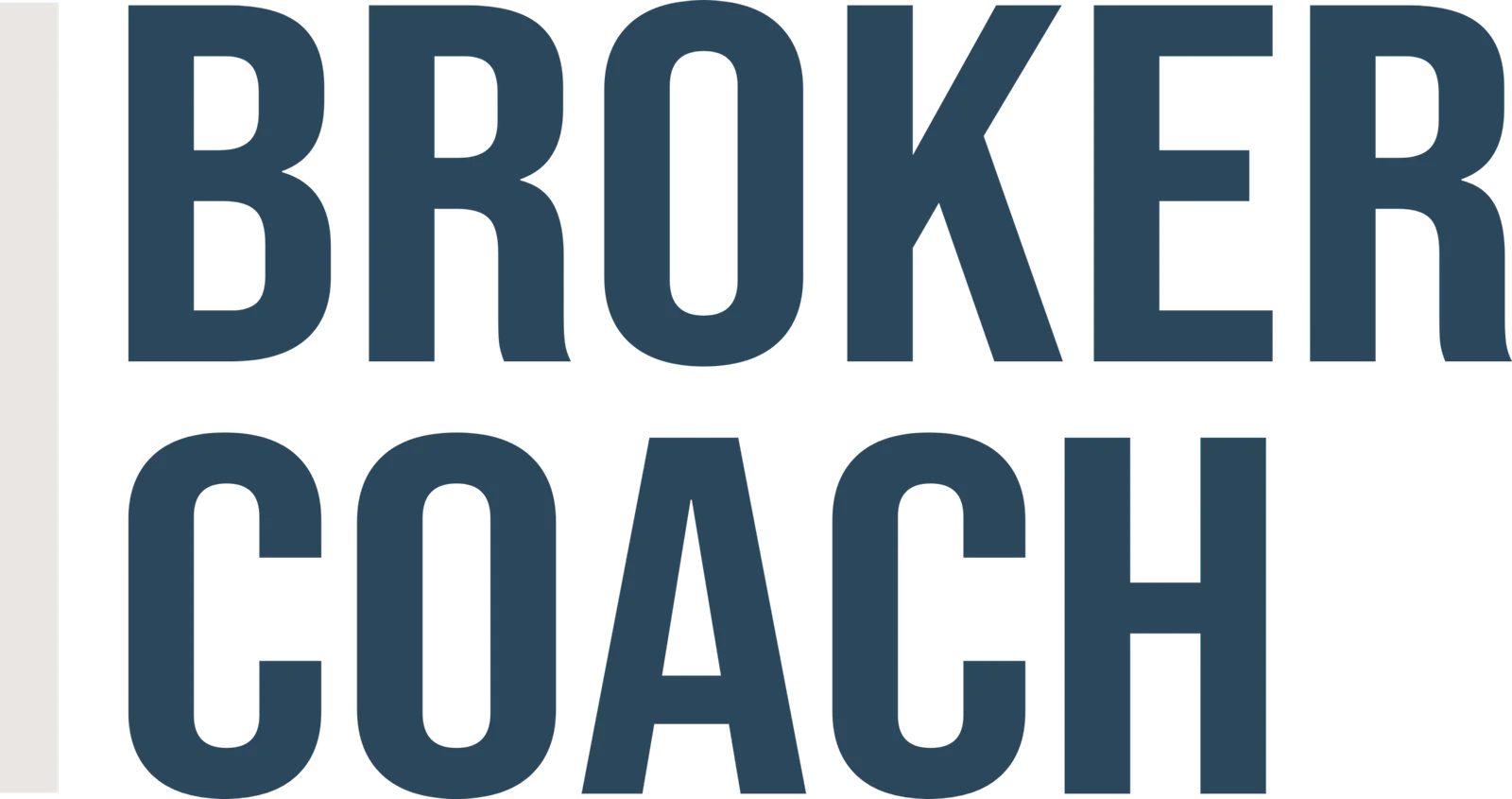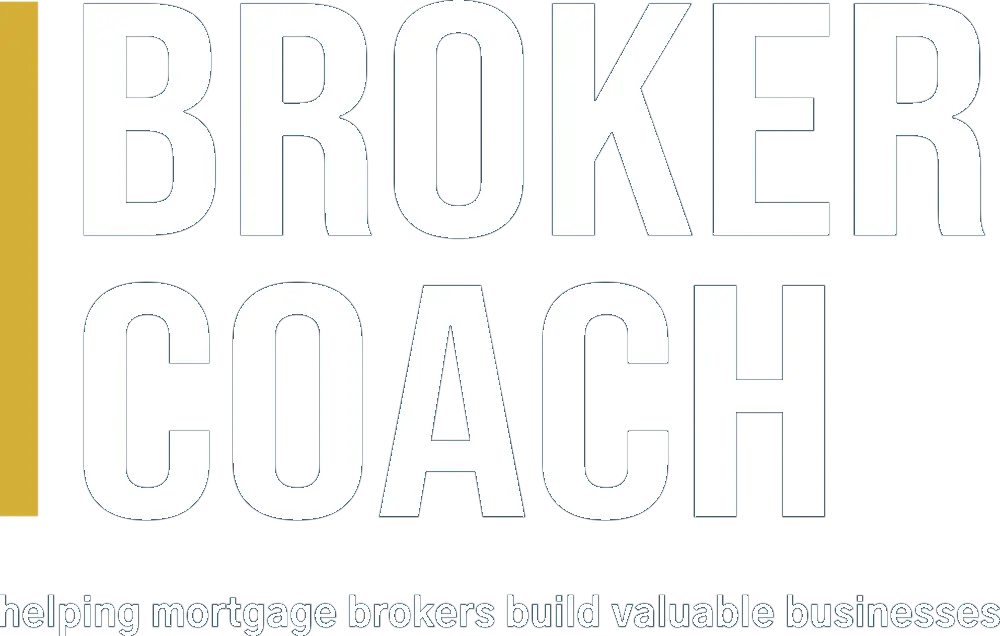Let’s get something straight:
If we can’t settle $2M a month on our own, we’ve got bigger problems.
Most good brokers can and should be able to piss that in solo — no team, no fuss.
The issues? They start surfacing between $4M and $6M.
That’s where the cracks show — not in skill, but in capacity.
We’ve got momentum, but we’re drowning in the back-end.
Leads are up. Deals are on.
But the inbox is chaos, submissions are slipping, and we’re back in the loop for everything.
That’s not because we’re not good brokers — it’s because we haven’t built the brokerage yet.
Here’s how I see it — what actually causes the stall, and how we shift through it.
The Real Reasons We Plateau at $4M–$6M (Not $2M)
1. Lead Flow Becomes Inconsistent
We market hard → get busy → stop marketing → drop volume → scramble.
It’s a vicious loop.
We don’t have a lead problem — we have a consistency problem.
How I approach it:
- Start with a niche — it cuts the fluff and attracts the right clients.
- Use paid ads to turn it up when needed.
- Layer in content marketing to stay top-of-mind.
- And above all, deliver a five-star experience every single time.
The referrals follow, but we treat them as a bonus — not the engine.
2. We’re Still the Centre of the Workflow
At $4M+, we should not be the one doing the packaging, prepping, chasing, updating, and reviewing.
The fix? Responsible parties — not “help.”
In this order:
- Settlements Officer
- Submissions Officer
- Credit Analyst
- (Then, only when we’re seriously volume-heavy) another Broker
That’s how we get leverage — not by adding chaos, but by assigning clear ownership to each part of the machine.
3. The Hours Just Keep Climbing
Most of us are still putting in big hours well into $10M/month territory. That’s the job.
But the key is making sure the hours we work are front-end focused.
We want to spend our time:
- Meeting clients
- Structuring deals
- Managing relationships
Not formatting documents or checking file status.
Submissions, settlements, and credit?
That’s someone else’s lane — and they should own it end-to-end.
4. Our Systems Don’t Keep Up With Our Volume
The same workflow that carried us to $2M will break at $6M.
We have to build systems that evolve as we grow.
I use the combo of:
- Team — real people with real roles
- Tech — CRMs, automation, email templates
- Tools — checklists, trackers, structured SOPs
This isn’t about being fancy. It’s about building a One Touch Machine — so each deal moves with precision, not panic.
5. No One’s Holding Us Accountable
When we’re the boss, no one calls us out.
And if we’re not careful, we start dodging the hard stuff — putting off hiring, overcomplicating decisions, tweaking things that don’t matter.
Community matters.
Having a tight group of brokers who are also building — who get it — makes a huge difference.
Not to coach us. Just to check us. Keep us honest. Keep us moving.
What Actually Breaks Through the $4M–$6M Ceiling
This isn’t about a motivational quote or a shiny new software tool.
It’s about doing the work in the right order, and building a business that supports our volume — not strangles it.
1. Get Lead Flow Right — and Keep It On
Scalable, predictable, evergreen.
That’s what we need.
- Niche positioning: Tight market, clear message.
- Paid traffic: Fire it up when things are light.
- Content: For trust and staying top of mind.
- Client experience: Non-negotiable. It wins repeat, referral, and reputation.
No more switching off the tap because we got “too busy.”
If we don’t keep leads flowing, we’re not growing.
2. Delegate in the Right Order
We don’t build the team randomly — we stack it for leverage.
Start with:
- Settlements → then
- Submissions → then
- Credit → and only then
- Another broker, if needed
Each person owns their lane.
No back-and-forth. No chasing.
Just clean execution so we can stay on the front end and not get dragged back into ops.
3. Let Systems Grow With Us
The $2M workflow won’t work at $8M.
We evolve it using:
- Workflow platforms
- Automations
- Performance tracking
- Templates and checklists
But systems alone aren’t the solution.
Systems + responsible people + good tools — that’s the killer combo.
4. Accountability Without the Sales Pitch
We don’t need someone selling us advice.
But we do need people in our corner — brokers building alongside us who’ll call us out, share wins, and trade strategies.
That’s not fluff. That’s fuel.
5. Keep Solving the Pain Points
Shifting into business ownership doesn’t mean stepping out — it means identifying what’s breaking, fixing it, and then moving on to the next challenge.
And yeah, most of us will stay in the broker seat for a long time — because it’s profitable, and we’re good at it.
But if we want scale, margin, and eventually freedom — we’ve got to build a business that can write more volume without needing more of us.
Final Thought: There’s Always an Exit
This is the bit that rarely gets said.
Even as a solo broker — if we’ve got a trail book, we’ve got an asset.
It trades. It’s saleable. There is always an exit.
$10K a month in trail = $120K a year.
That book can often sell for 3x annual trail — so we’re looking at $360K even without a team or a fancy logo.
But here’s the kicker —
If we build a brokerage that runs clean, writes serious volume, and doesn’t revolve around us?
That number gets a lot bigger.
The missed opportunity isn’t just the stress — it’s the future value we’re leaving on the table.


